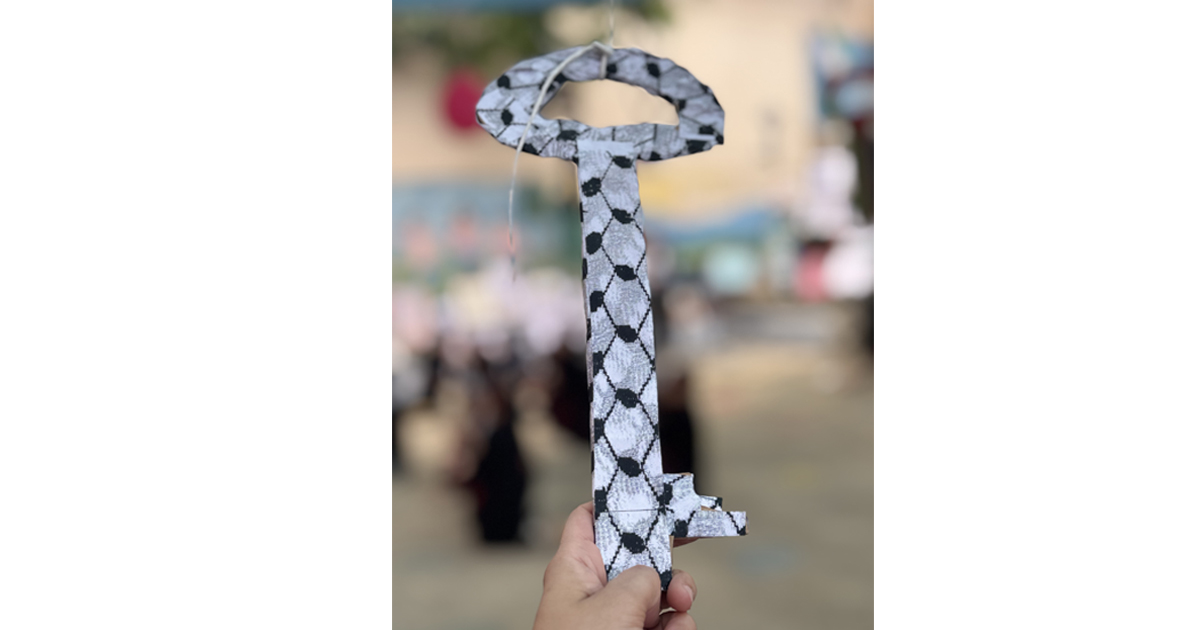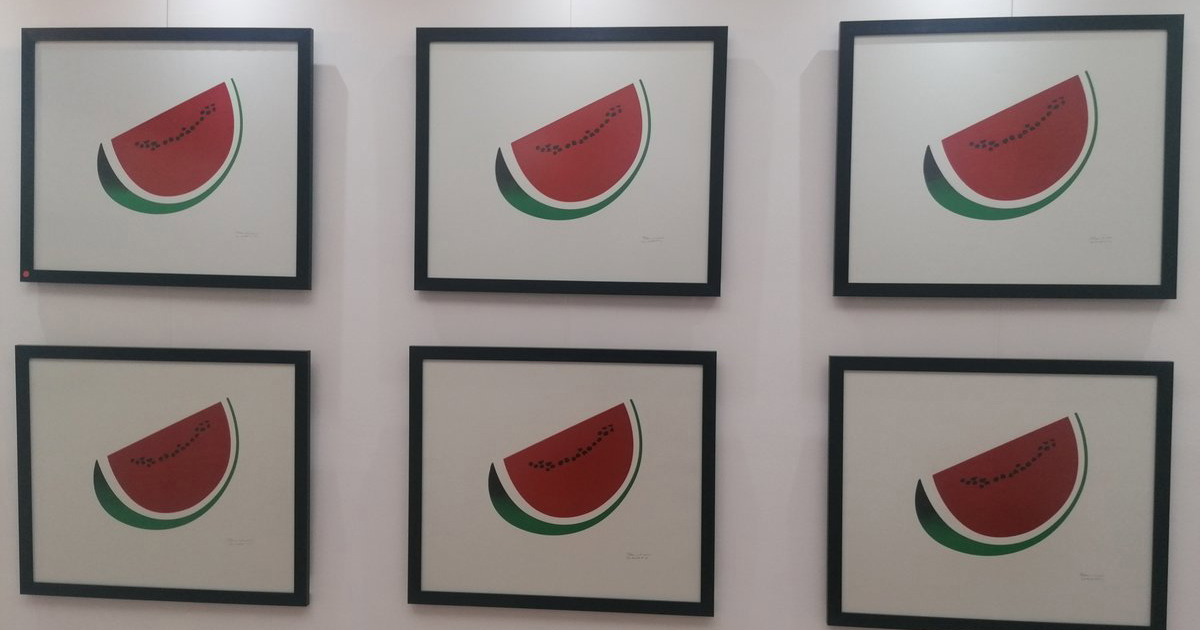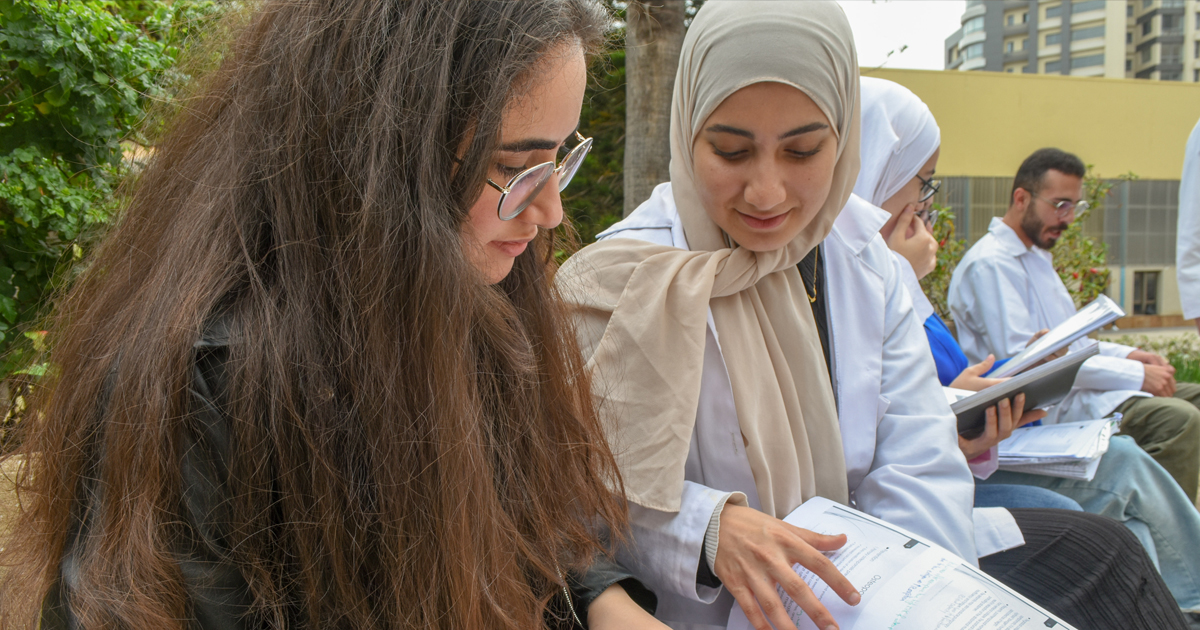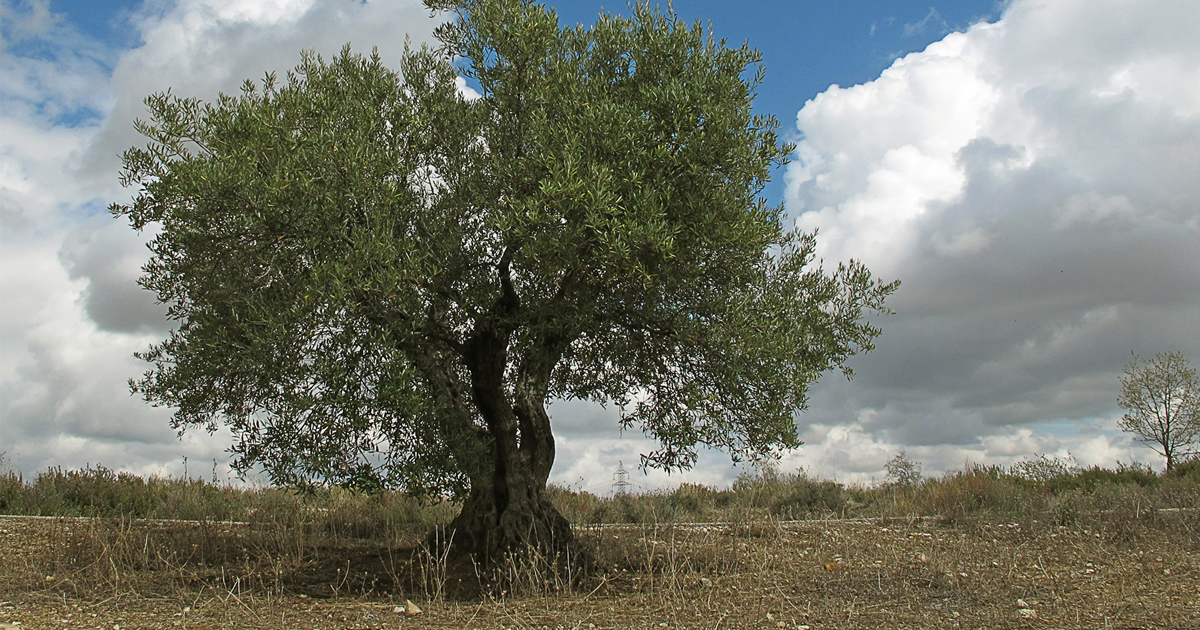Fashion has always been a means of expression. From it, you can learn a little bit about a person and their unique sense of style—or lack thereof. But the Palestinian traditional thobe has always been more than that. Stitched in threads and embroidery are the villages, the culture, and the social status of the women who wear it. Not to mention its role as a tool of resistance, often coined as the dress of identity.
A history artifact
The traditional Palestinian thobe was never just a dress. Other than its beautiful embroidery, dainty handwork, and colors, it is a stance. The patchwork done on the dresses was inspired by the villages’ lifestyle and nature. Unlike nowadays worn on special occasions, women used to regularly wear it, so regular that when the looming day of Nakba arrived many women were wearing the thobe and was the only thing they took with them. Consequently, it has become a symbol of belonging to the uprooting and an heirloom between ladies of the family.

An agricultural map
In general, every Palestinian got to work and decided that the future is more precious and initiated associations and organizations to preserve and document this heritage in various ways. The thobe is an essential part of Palestinian society across all regions of Palestine. Discussing the traditional dress of a specific area leads to conversations about the social structure in that region with its various classes, the nature, its distinctive trees and flowers, their different colors, and so on. For instance, the Jaffa area is famous for embroidering orange and lemon blossoms, which Jaffa was known for cultivating. The dresses from Hebron were characterized using grapevine motifs, while the northern regions of Palestine feature decorations representing olive trees.
The thobes were also known for their signature colors. The thobes of Ramallah, Jaffa, and Bethlehem featured shades of red and burgundy, the dresses of Gaza and Bisan leaned towards purple and blue, and the thobes of Jerusalem were known for darker colors, such as deep red.
A timeless peace
Seventy-six years after the Nakba, the thobe remains alive and present among the youngest generations. With five generations born after 1948, keeping heritage alive while being uprooted and perpetually persecuted sounds impossible—and it is—but we are talking about Palestinians. Adaptation has been essential to their survival, and the same applies to their heritage.
Palestinian embroidery, a cultural heritage protected by UNESCO, has found itself on runways and stitched on modern fabric to keep up with times. Not just embroidery, but the needlework, cross-stitch, and patterns, are found on kitchen wear, clutches, accessories, and jewelry.
A perfect example of modern Palestinian clothing can be found at the Inaash Association, one of Taawon’s partner organizations, offering contemporary fashion inspired by Palestinian embroidery, introducing a modern touch with wonderful designs and styles, and sometimes collaborating with international designers!

On the Runway
Over the last decade, numerous Palestinian fashion brands have emerged both in Palestine and globally. Renowned international and Arab designers have also incorporated this art into some of their designs. For instance, Egyptian designer Mohamed Nour created a special collection inspired by Palestinian heritage, and Balenciaga featured the Palestinian keffiyeh in their 2007 show.

Famous personalities have also been seen wearing clothing inspired by Palestinian heritage, such as Palestinian-American model Gigi Hadid and her sister Bella Hadid, Arab actresses like Nesreen Tafesh and Abir Sabri, the wife of the Scottish Prime Minister, and the Queen of Jordan, among many others.


The words of the renowned intellectual Edward Said encapsulate the essence of this discussion: "Culture represents a tool of resistance against attempts at erasure, removal, and exclusion." Palestinian embroidery exemplifies this principle, standing as a powerful and enduring form of resistance not only preserving but also celebrating a rich cultural identity, and defying efforts to be erased from history.





